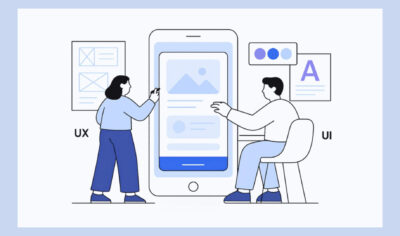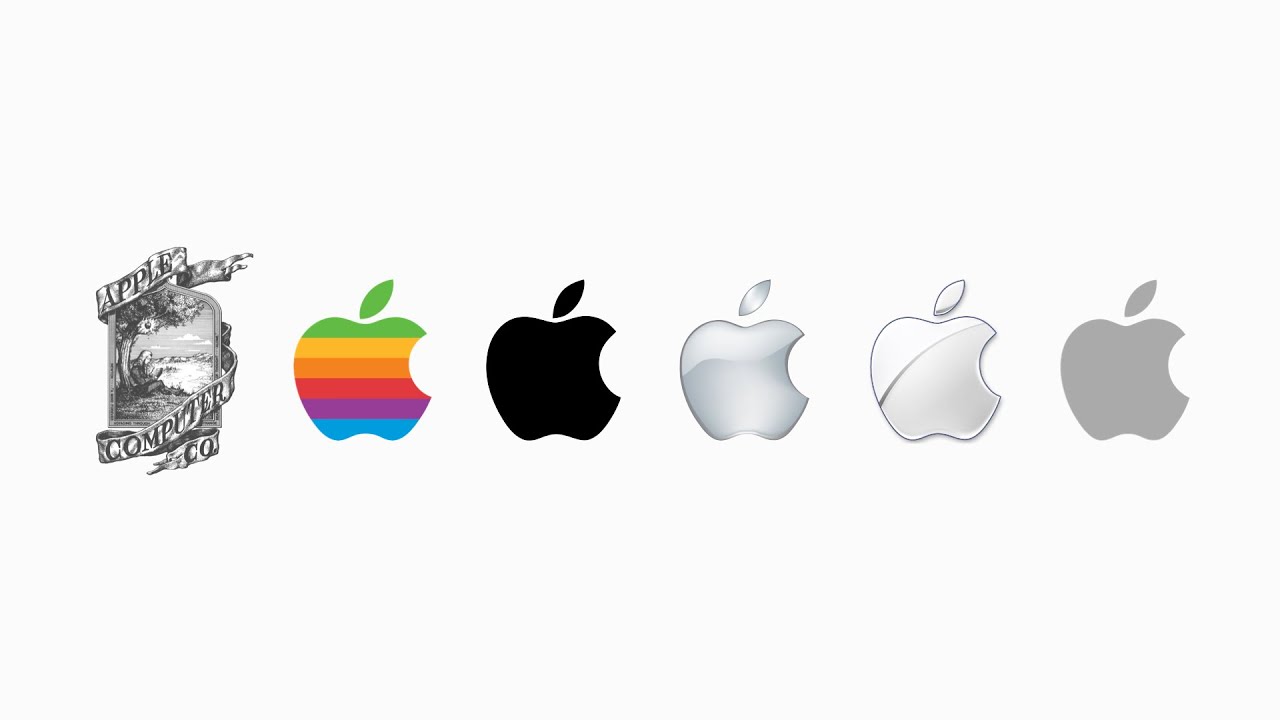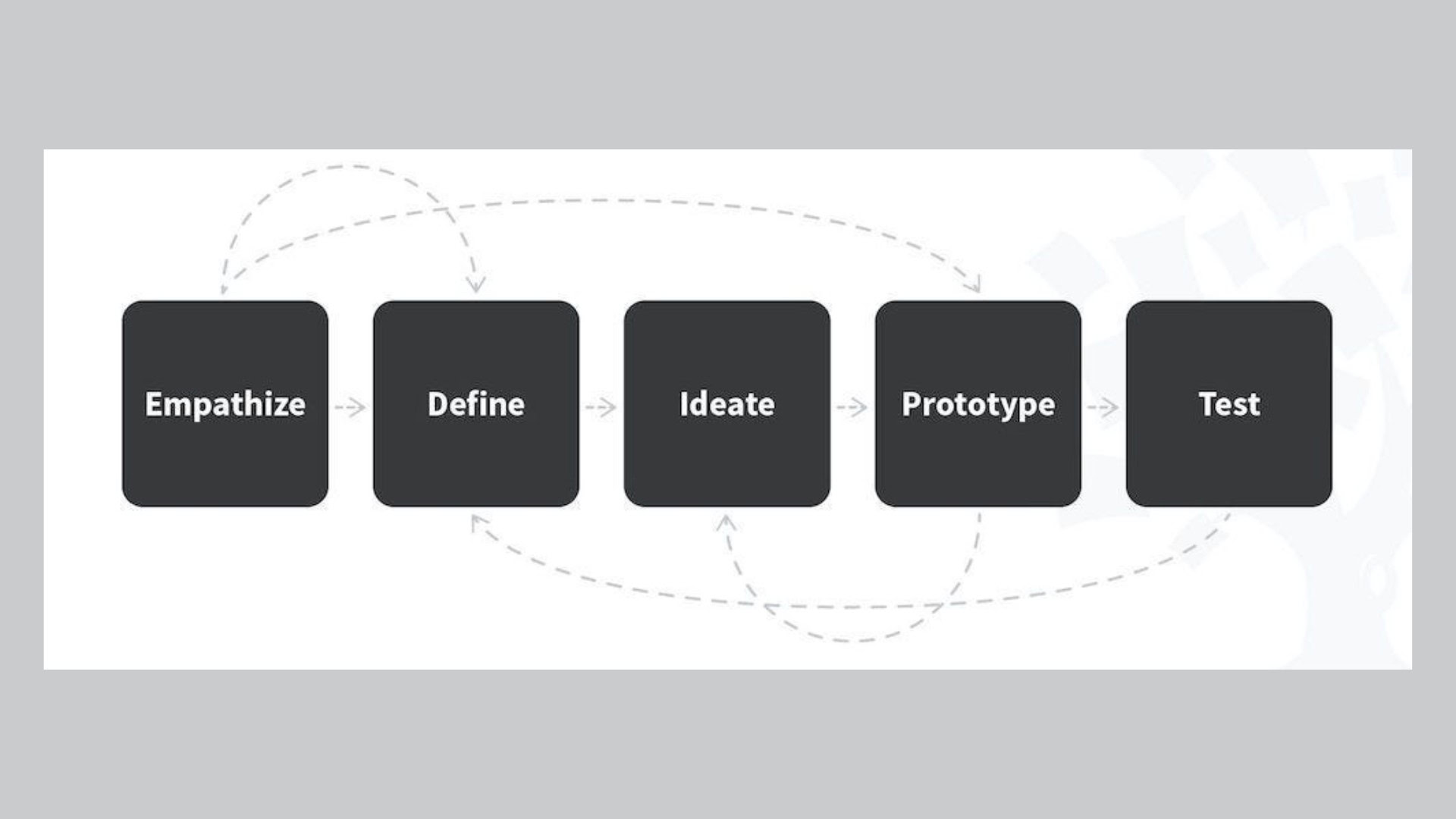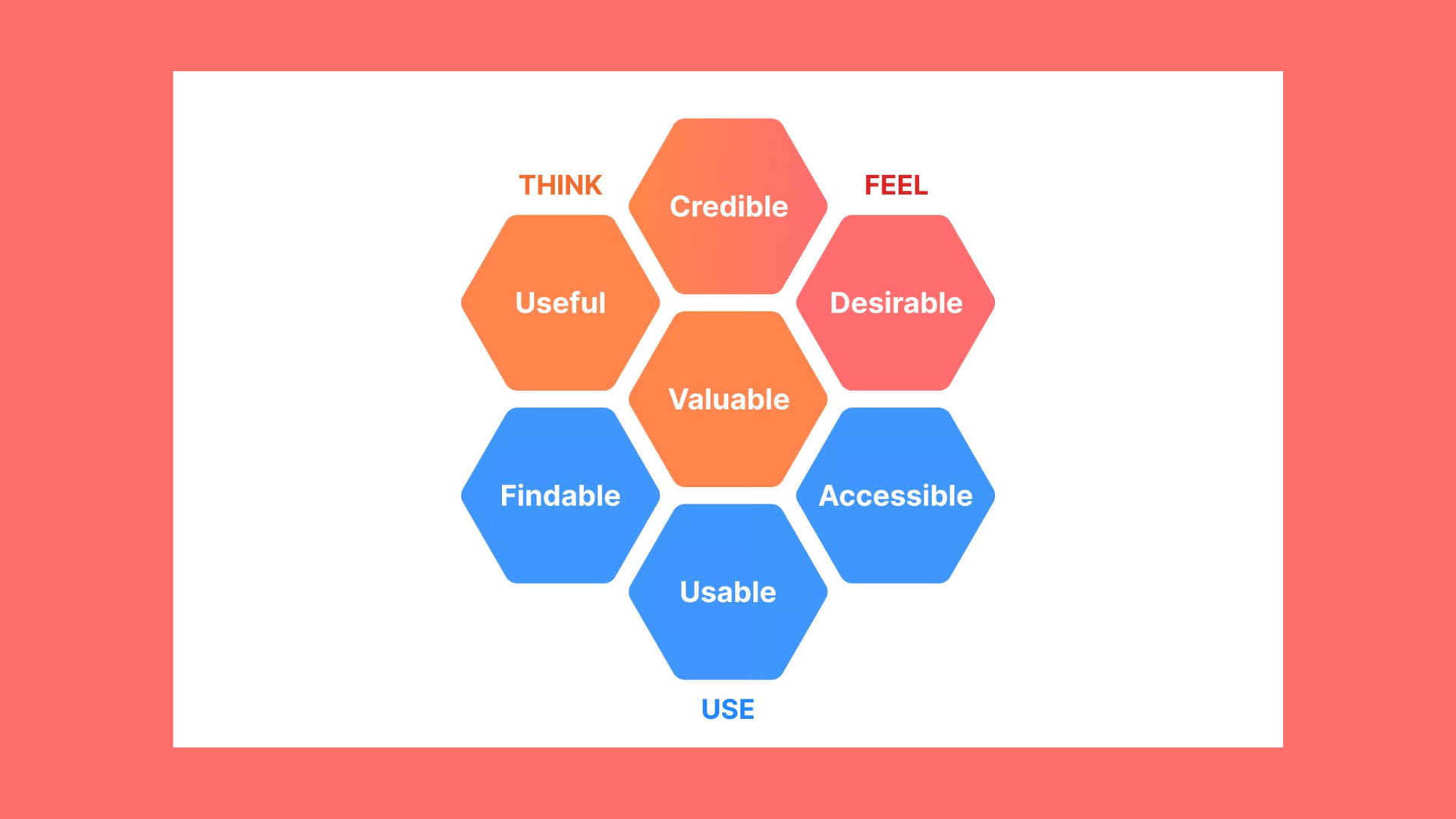
UX Alone Won’t Cut It: The Six Elements That Drive Product Value
Have you ever tried starting a motorcycle only to hear nothing but a sad click? You might have a full tank of fuel, but if there’s no air, no compression, or no spark, that bike is going nowhere. It’s frustrating because from the outside, everything looks fine, but something essential is missing under the hood.
Products work the same way. Too many product management teams treat usability as if it’s the sole fuel that powers everything. A strong product strategy is essential to ensure all aspects of product value are considered, not just usability. Sure, usability matters—it’s frustrating to use something clunky or confusing—but fuel alone won’t move you an inch. Without other critical elements, the whole engine just dies.
And here’s the painful truth: this is where a lot of good products fail. They deliver usability but miss the broader product value that truly resonates with customers and drives business success. The product manager plays a key role in driving value beyond usability, ensuring the product meets real customer needs and stands out in the market.
To deliver holistic product value, the product management team must look beyond usability and address all factors that contribute to a successful product.
Table of Contents
The Product Value Reality
Many teams fall into the trap of equating good UX with good usability. If users can click the right buttons, complete their tasks, and not get stuck, the team celebrates. And yes, this is important. But let’s be honest: usability alone doesn’t create real value.
Think of it this way: fuel is useless if the spark plug is dead. A product can be perfectly “usable” and still leave customers cold, frustrated, or even distrustful. Ever opened an app that technically worked fine but deleted it after one use? That’s the difference between usability and true value.
This is where Peter Morville’s UX honeycomb framework comes in. It reminds us that product value isn’t a single lever you pull. It’s an ecosystem of dimensions that must work together to generate real momentum and customer loyalty.
Miss even one dimension, and things start to wobble. To truly understand what drives loyalty, you need to measure product value across all these dimensions, not just usability.
A product can be incredibly useful but impossible to find. It can be trustworthy but boring. It can be slick and simple but inaccessible to a whole group of users. When just one of these dimensions is weak, customers notice and quietly drift away.
That’s why usability is the entry ticket, not the destination. It gets you in the game, but it doesn’t win you loyal customers. Real value emerges when all the dimensions—useful, usable, findable, credible, accessible, and desirable—click together. That’s when customers choose your product, return to it, and recommend it.
The Six Dimensions of Value
Think of these six dimensions like the walls of a house. You can’t live in it comfortably if even one wall is missing. The structure may stand for a while, but sooner or later, it collapses. Here’s how each dimension contributes to the value of a product in practice: A thorough value assessment helps evaluate these dimensions by considering how each one adds to the overall worth of the product. Practical value, as one of the key aspects in value assessment, highlights the tangible benefits and functional usefulness that a product provides to users.
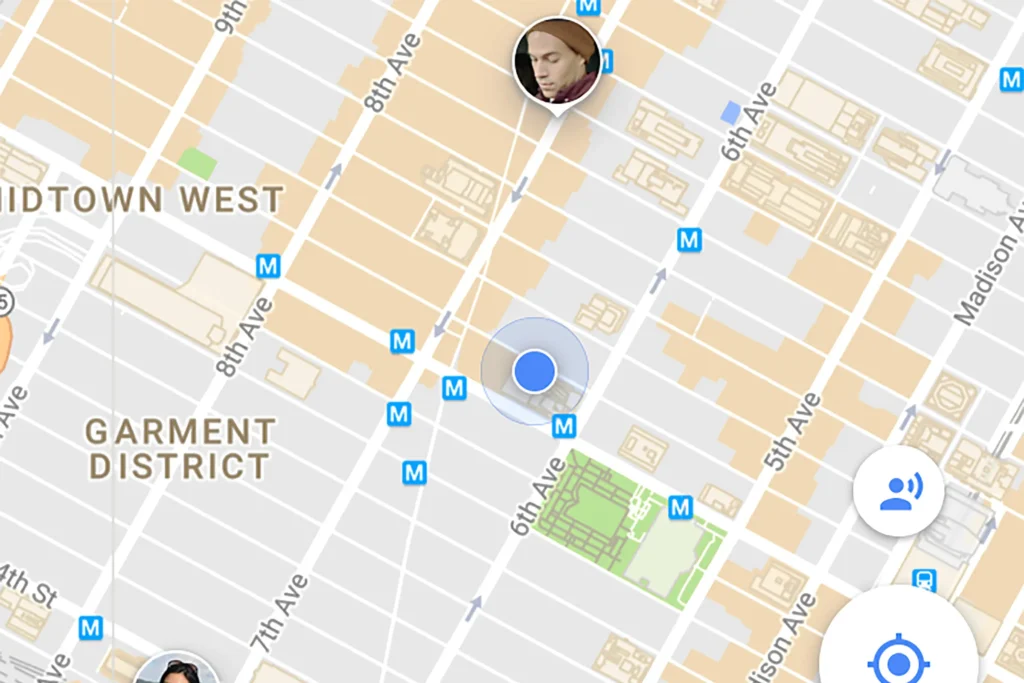
A. Useful
At its core, a product must solve a meaningful problem and meet customer needs. Google Maps is a prime example. It didn’t just digitize paper maps; it delivered real-time navigation, traffic avoidance, and nearby place discovery. It solves a daily customer challenge: “How do I get there quickly and with the least stress?” This is a clear example of how the product solves specific problems by providing efficient solutions to everyday obstacles. Understanding what customers need is essential to deliver value and ensure satisfaction. This is functional value at its best—addressing the customer’s problem in a practical, impactful way through a focused product solve.
B. Usable
A useful product falls flat if it’s clunky or confusing. Apple built its empire on usability. You don’t need a manual to use an iPhone; it just works. The gestures feel natural, flows are smooth, and that effortlessness appeals across customer segments—from teens to grandparents. This tangible value ensures user satisfaction and reduces friction in the customer experience.
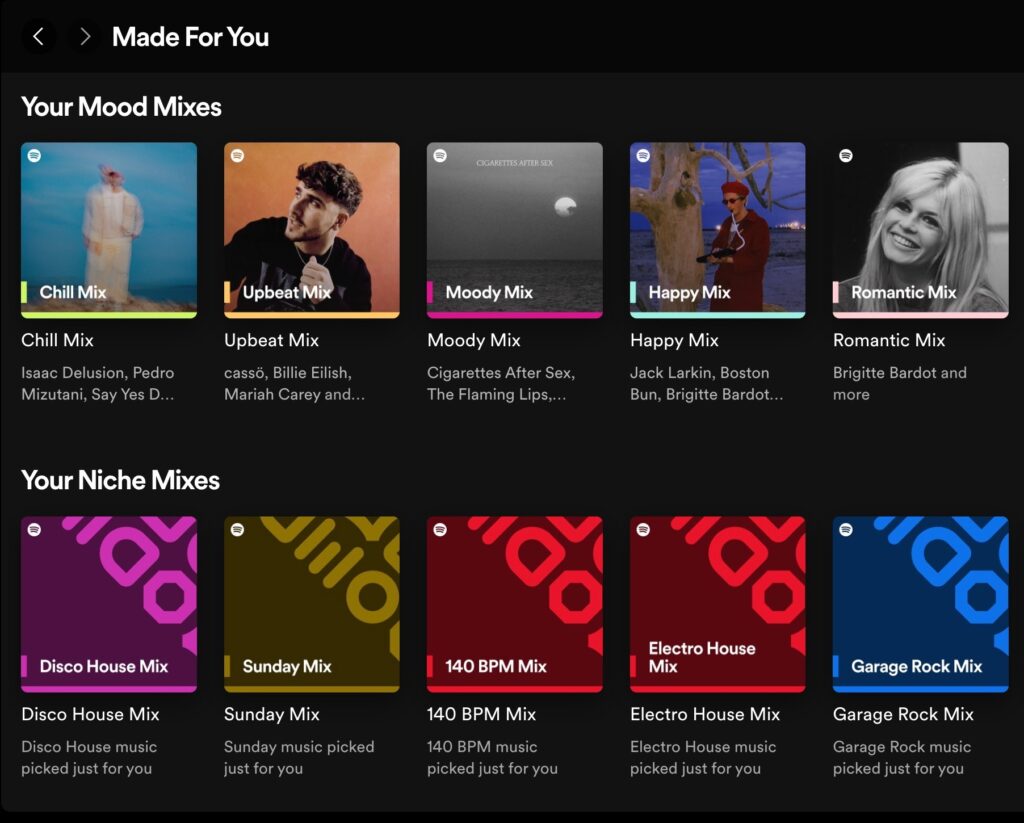
C. Findable
Ever tried to use a TV remote where you can’t locate the right button? That’s what poor findability feels like. Spotify nails this dimension. Users can easily dive into mood playlists, discover obscure bands, or rediscover favorites. Despite vast content, Spotify makes it navigable, keeping users engaged. This psychological value and ease of access increase customer loyalty by meeting expectations for quick, intuitive discovery.
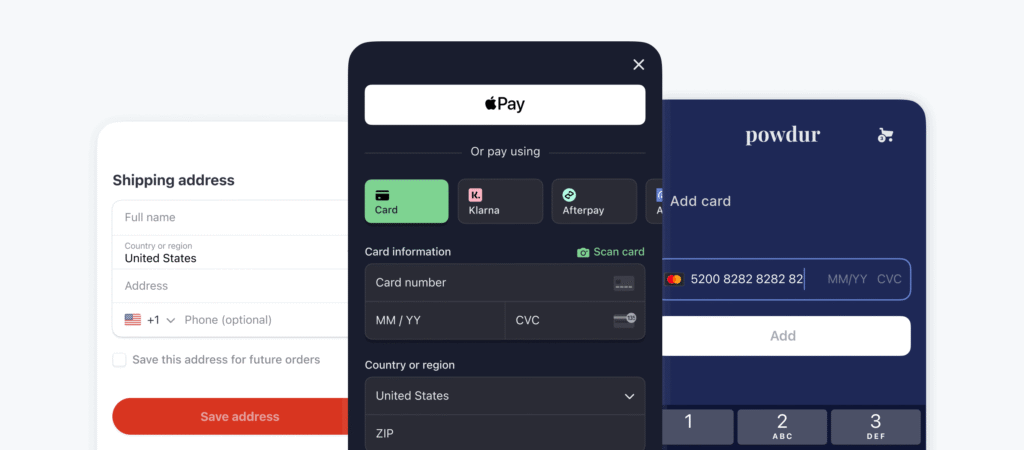
D. Credible
No matter how usable or findable your product is, if customers don’t trust it, they’ll walk away. Stripe is a masterclass in credibility. Payment is sensitive; one glitch or a shady checkout page causes abandonment. Stripe’s clean design, strong brand reputation, and developer-first approach built the trust that converted usability into business success. Credibility is a cornerstone of customer value and directly impacts profit margins and market share.
E. Accessible
Accessibility isn’t just a “nice-to-have.” It’s a competitive edge. Microsoft’s investment in features like Immersive Reader, voice control, and high-contrast modes in Office and Teams has opened doors for millions who might otherwise be excluded. Accessibility delivers both tangible and intangible value—it’s ethical and smart business, expanding the target audience and improving customer outcomes.

F. Desirable
This is the emotional layer—the reason customers don’t just use a product but love it. Instagram exemplifies desirability. Many apps let you share photos, but Instagram made the experience beautiful and addictive with design, filters, and social pull. This identity value and social value forge emotional connections that drive repeat use and recommendations.
When these six elements come together, you move beyond usability to a product value proposition that customers truly embrace. They don’t just use your product; they build it into their routines and advocate for it.
Customer Feedback and Product Value
Customer feedback is the compass that guides product managers toward true product value. While analytics can show what users do, only direct feedback reveals how customers perceive the product’s ability to meet their needs and solve their unique challenges. This feedback uncovers both the tangible and intangible value your product delivers—whether it’s a feature that saves time (tangible value) or a sense of trust and ease (intangible value).
By actively listening to customer feedback, product managers gain a clear picture of where the product’s functional value shines and where the value proposition needs refinement. For example, customers might praise a tool’s speed but express frustration over a lack of integration with their workflow. These insights help teams adjust priorities, ensuring the product value proposition aligns with what customers truly care about.
Incorporating customer feedback into the development process isn’t just about fixing bugs or adding more features. It’s about understanding the real value customers derive from your product—sometimes in ways you didn’t anticipate. This ongoing dialogue allows product managers to enhance both the functional and intangible value, leading to higher customer satisfaction and a stronger, more relevant value proposition.
Ultimately, customer feedback transforms assumptions into actionable knowledge. It empowers teams to deliver products that not only work, but resonate—creating satisfied customers who recognize and advocate for the value your product brings to their lives.
Real-World Failures Despite “Good UX”
Even when usability is perfected, products can fail if another dimension is missing. Building a car without brakes but with impeccable steering is still disastrous.
Consider these examples:
- Credibility gap: Early cloud storage platforms were functional but lacked trust. Dropbox won because its brand reputation and messaging inspired confidence, converting usability into acceptance. Rivals vanished because they failed to build credibility. When the product compared to its competitors, Dropbox stood out for its credibility and higher perceived value.

- Findability failure: Snapchat’s 2018 redesign made it harder for loyal users to locate key features like friends’ stories. Despite usability, poor findability caused user outrage and engagement drops, demonstrating that perceived product value depends on easy discovery. Product features such as intuitive navigation and accessible content directly impact perceived value and user engagement.
- Desirability missing: Many fitness apps track exercise and calories effectively but feel sterile and uninspiring. Peloton succeeded by adding social features, charismatic instructors, and compelling design, creating desire. Without this emotional appeal, even usable products fade quickly. Peloton delivered higher relative value through its unique product features, setting itself apart from other fitness solutions.

- Performance vs. usability breakdown: Amazon’s site is highly usable, with personalized suggestions and one-click checkout. However, during Prime Day, performance issues like slow loading frustrate users, showing that the product’s ability to deliver consistently impacts customer experience and customer loyalty.
These examples show that missing a single dimension can outweigh ten well-executed ones. Measuring product value requires looking beyond usability to the full ecosystem of customer needs and expectations. If a product fails to deliver on one or more dimensions, users may seek alternative solutions.
Building a Value-Based Practice
How do you avoid the usability trap? You must zoom out. Morville’s honeycomb is not just a diagram; it’s a practical tool to stress-test your product throughout the development process.
Think of it as a mechanic’s checklist before a long trip. You wouldn’t just glance at the fuel gauge; you’d check tires, brakes, oil, and battery. Similarly, ask these critical questions:
- Does the product truly address a current issue customers care about and deliver more value than alternatives?
- Does the product address the needs of potential customers and prospective customers?
- Is it usable, smooth, and free of friction?
- Is it simple to locate relevant features or information when needed?
- Does it project credibility through design, tone, and dependability?
- Can users of all skill levels and backgrounds use it, not just the “average” user?
- Is it enticing, forging an emotional connection that promotes return visits?
To measure product value, use both qualitative and quantitative methods. Evaluate how product value is determined by analyzing customer feedback, product analytics, and user behavior data. Rely on such metrics as net promoter score, cost savings, and monetary value to assess and track improvements. These indicators help determine product success and guide decisions on where to focus efforts.
Answering these requires evidence: customer feedback, product analytics, and user behavior data—not guesswork or vanity metrics.
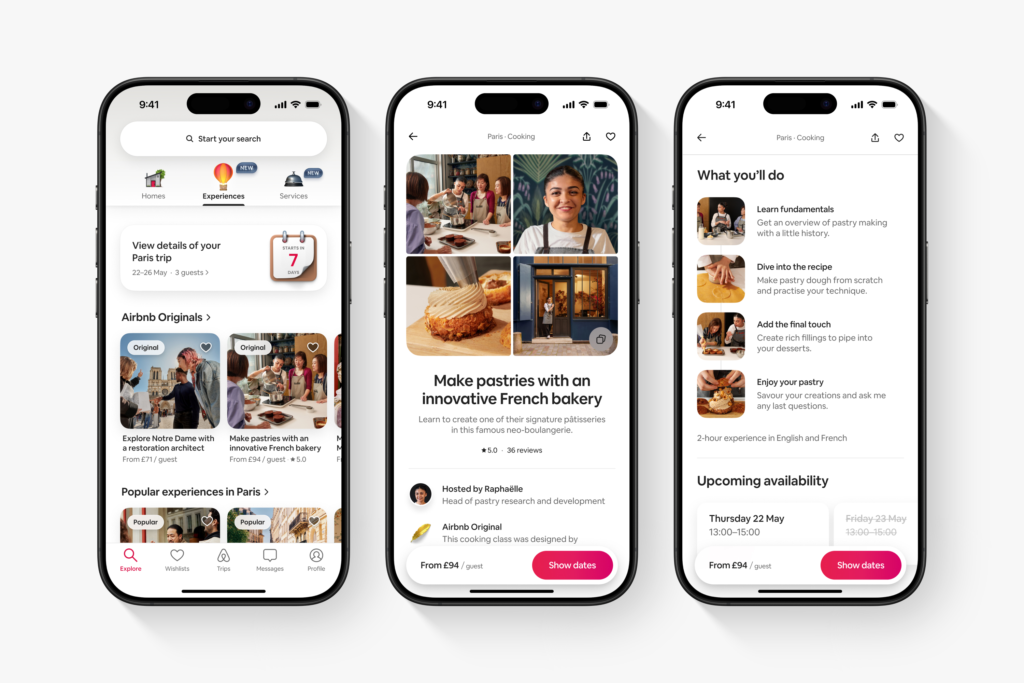
Take Airbnb as an example. They didn’t just design a beautiful app; they learned that credibility—trusting hosts and guests—was decisive. Reviews, profiles, and verification plug the credibility gap. This is a perfect example of how product managers determine the product value statement by listening to customer attributes and addressing customer pain points. Achieving product market fit is determined by how well the product value is assessed through ongoing customer feedback and market analysis.
Remember, this is an ongoing process. Expectations rise, customer needs evolve, and products must adapt. Use the honeycomb continuously to assess which dimensions improve and which require attention after every release, feature rollout, or bug patch. Aligning product development with business strategy and marketing efforts is essential to maximize perceived value and deliver the most value. Pricing strategy and product relative value also influence customer decisions and market positioning. Introducing new features that deliver the most value to customers is key to maintaining relevance and competitive advantage. Otherwise, you risk patching surface issues while cracks grow beneath.
Collaboration Over Tunnel Vision
No single team controls all six dimensions. Designers can craft usable and beautiful interfaces, but if legal botches terms of service, you lose credibility. Marketing can undermine trust with false claims. Engineers ignoring accessibility exclude entire user groups.
Tunnel vision kills product value. If UX teams polish buttons but ignore the broader system, real gaps remain.
- Credibility isn’t just a design issue. Stripe’s success involved marketing reassurance, legal frameworks, and engineering uptime.
- Findability requires collaboration among designers, curators, data scientists, and content strategists, as Spotify demonstrates.
- Accessibility must be embedded across engineering, design, and product leadership, not treated as an afterthought, as Microsoft shows.
To build business value and customer value, product management must partner across product, engineering, marketing, customer support, legal, and finance. The most valuable products emerge from companies operating as systems, ensuring no part of the honeycomb is weak or neglected.
From Usability to Holistic Value
At the end of the day, a product is like an engine. Every element must fire. Miss one, and it won’t start—no matter how shiny the fuel tank looks.
Usability is fuel. But fuel alone doesn’t drive the bike.
Your call to action: step back and audit your product holistically. Use the UX honeycomb to spot blind spots. Break out of the usability tunnel and build a product value proposition that customers truly value—one that delivers absolute value and relative value above alternatives, meets customer needs, and drives customer loyalty.
Take your company to the next level and get results with our world class user experience, interface design and implementation.
Get a FREE 30 min Strategy Session

Related posts
How Apple Revolutionised The Design Landscape in 6 Ways
“Design is how it works, not how it looks.” – Steve Jobs Apple has been at the forefront of design […]
Why the Traditional UX Process Holds Designers Back
If you’ve ever searched for “UX design process,” you’ve likely encountered the same tidy diagrams repeated across blogs, textbooks, and […]
Design Psychology: 4 Principles that Empower Designers – Part 1
“Designers are psychology scientists with a pen.” You might not know it yet, but you beautiful designer, have an almighty […]
Creative product design that gets results
Take your company to the next level with world class user experience and interface design.
get a free strategy session
